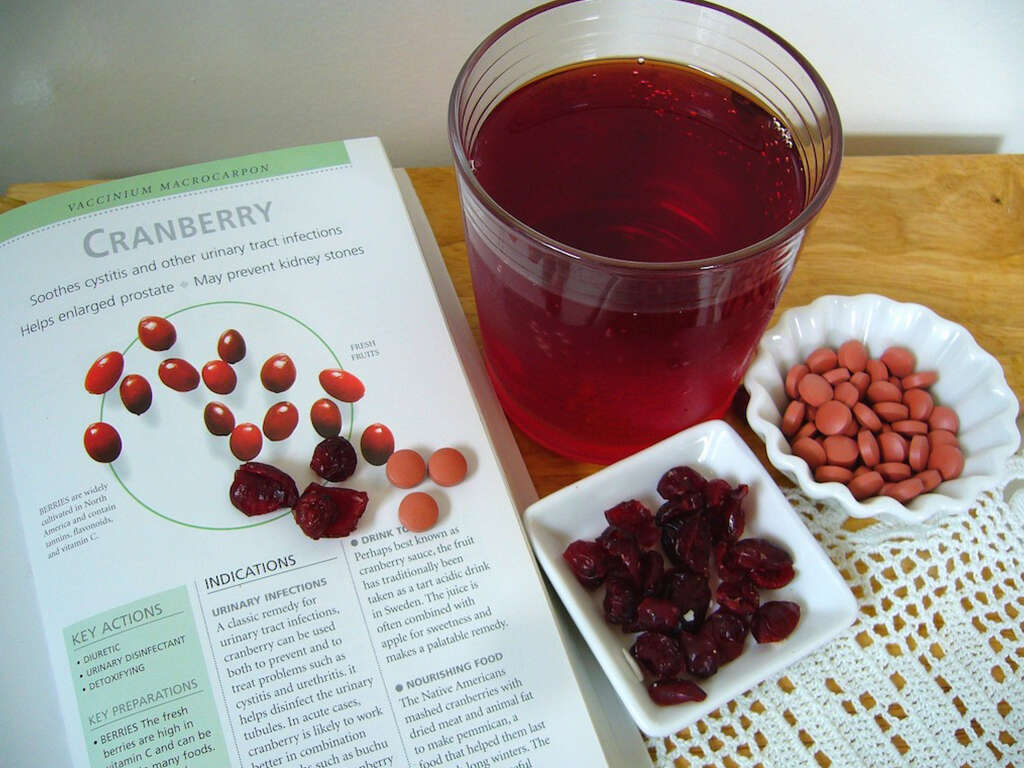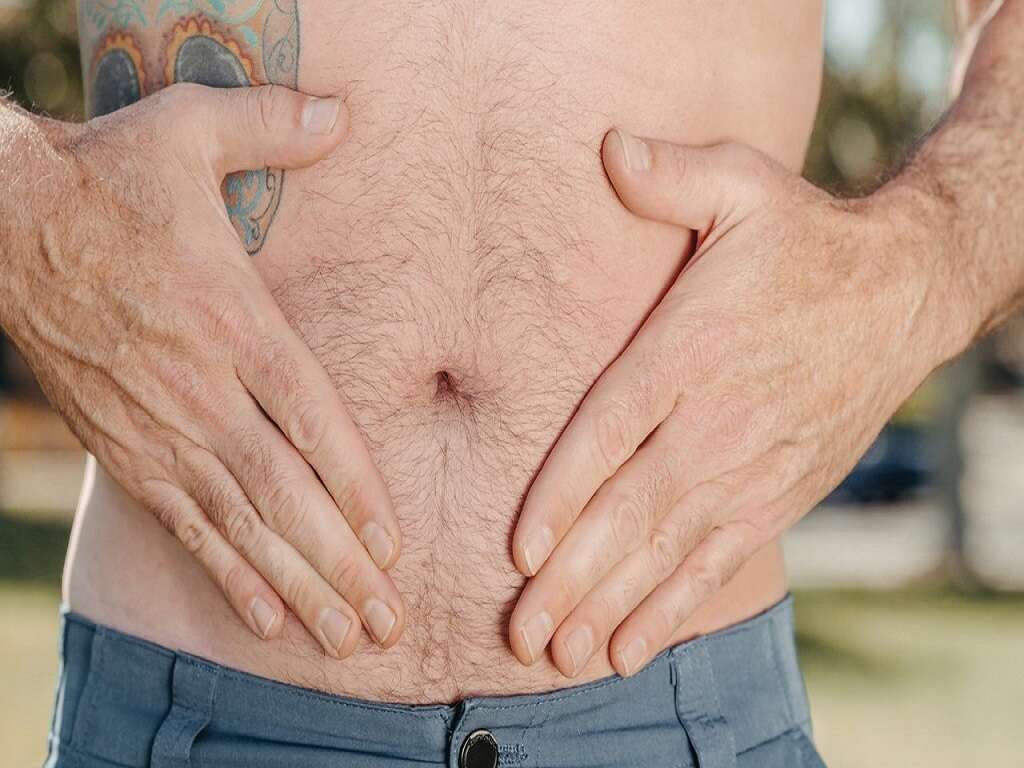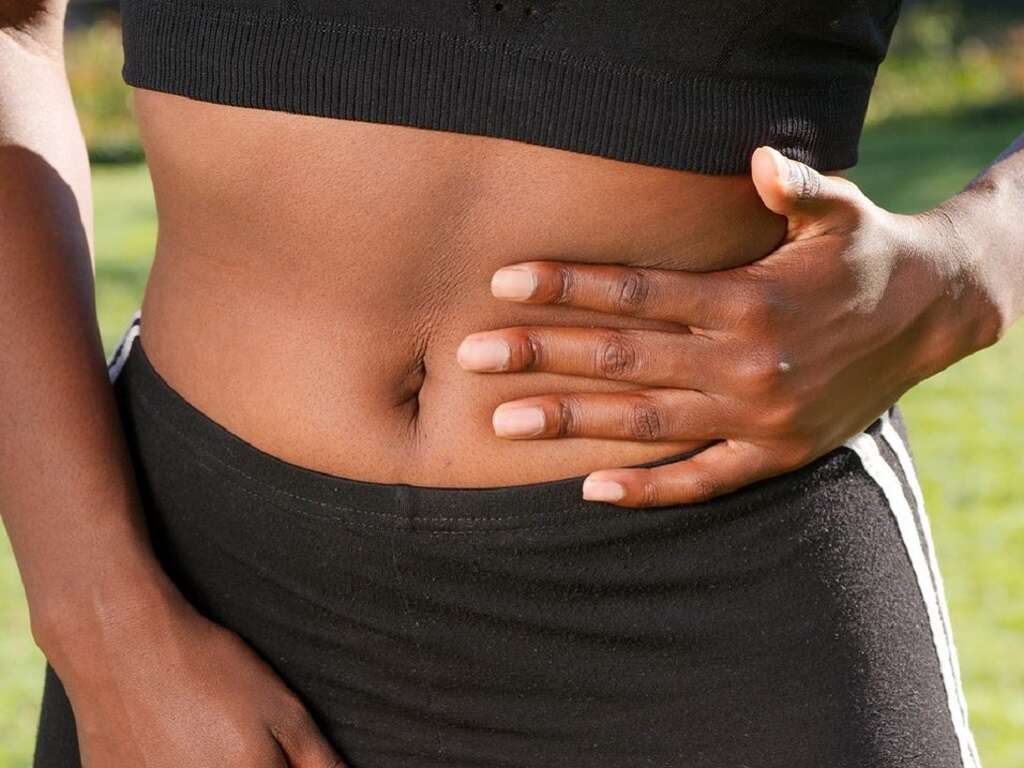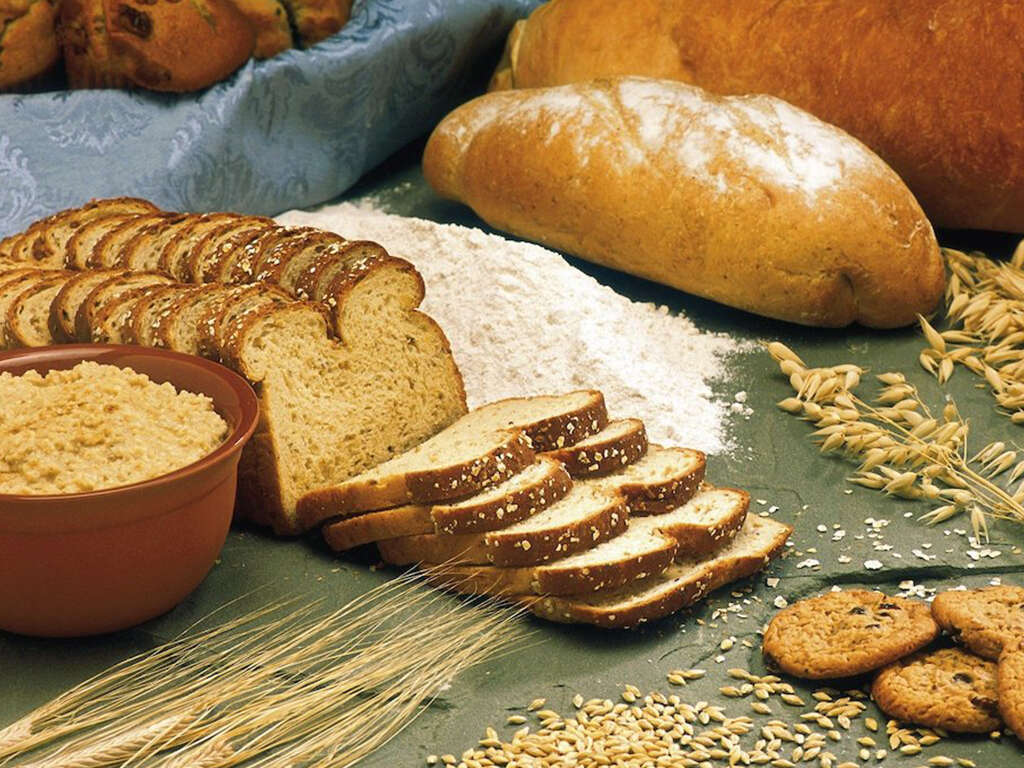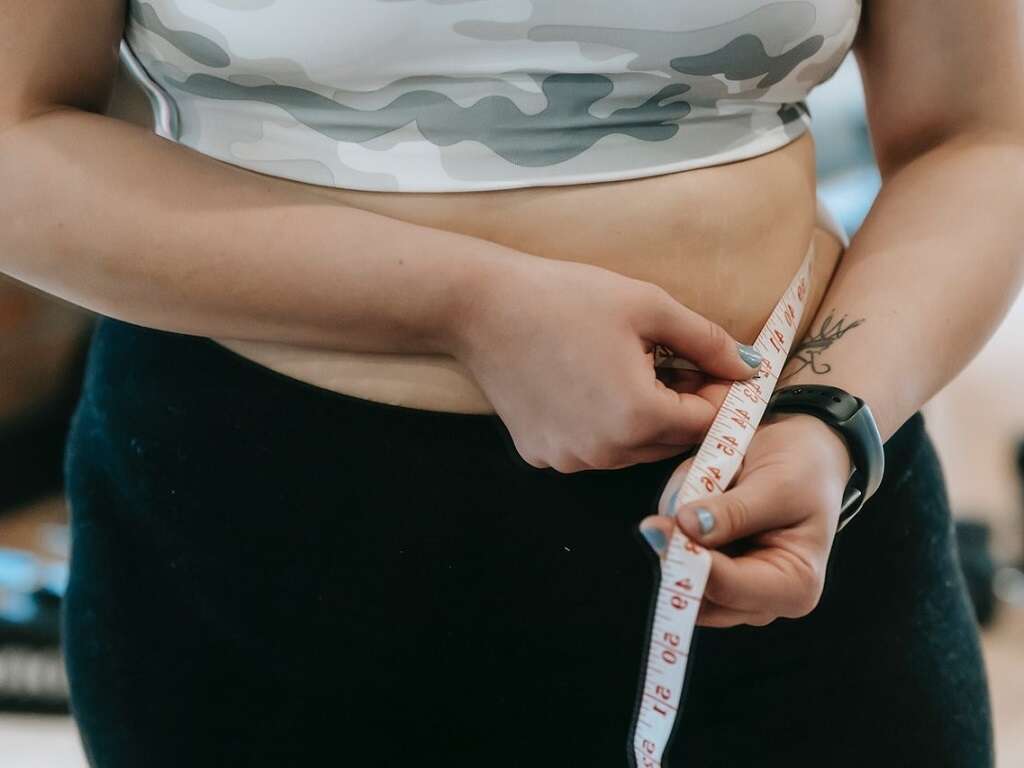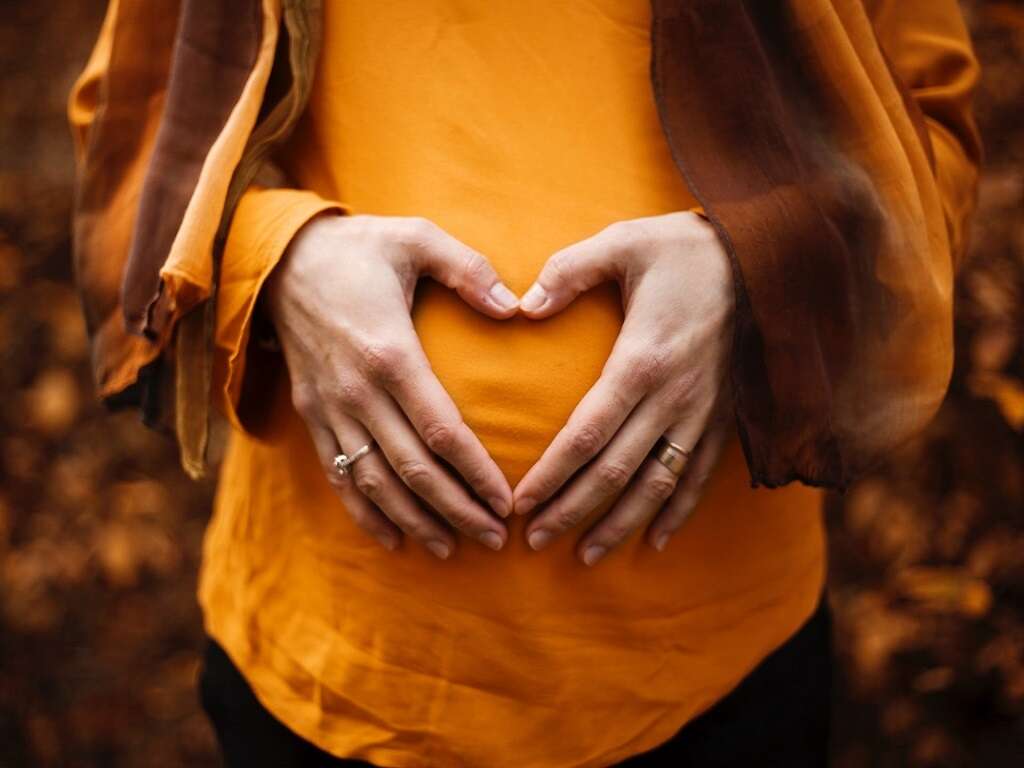10 Lower Right Abdominal Pain Causes
 Article Sources
Article Sources
- 1. Payne, Dr Jacqueline. 'Right Lower Abdominal Pain: Right Lower Quadrant.' Patient.info, 8 July 2017, patient.info/signs-symptoms/right-lower-quadrant-pain.
- 2. Guile, Shelby L. 'Ovarian Torsion.' StatPearls /[Internet/]., U.S. National Library of Medicine, 20 Nov. 2020, www.ncbi.nlm.nih.gov/books/NBK560675/.
- 3. 'Kidney Stones.' Mayo Clinic, Mayo Foundation for Medical Education and Research, 5 May 2020, www.mayoclinic.org/diseases-conditions/kidney-stones/symptoms-causes/syc-20355755.
There are a variety of reasons for lower right abdominal pain that range from serious to mild. Some causes, such as appendicitis, require immediate attention, while mild causes such as muscle strain can heal naturally. It’s important to assess the type and duration of the pain and take into account activities prior to the onset of the discomfort.
The lower right quadrant of the abdomen houses the meeting point of the small and large bowel, appendix, right ovary and fallopian tube, right ureter and part of the colon.1Payne, Dr Jacqueline. ‘Right Lower Abdominal Pain: Right Lower Quadrant.’ Patient.info, 8 July 2017, patient.info/signs-symptoms/right-lower-quadrant-pain. Pain in the area can signify anything from menstrual cramps to trapped gas and kidney stones.
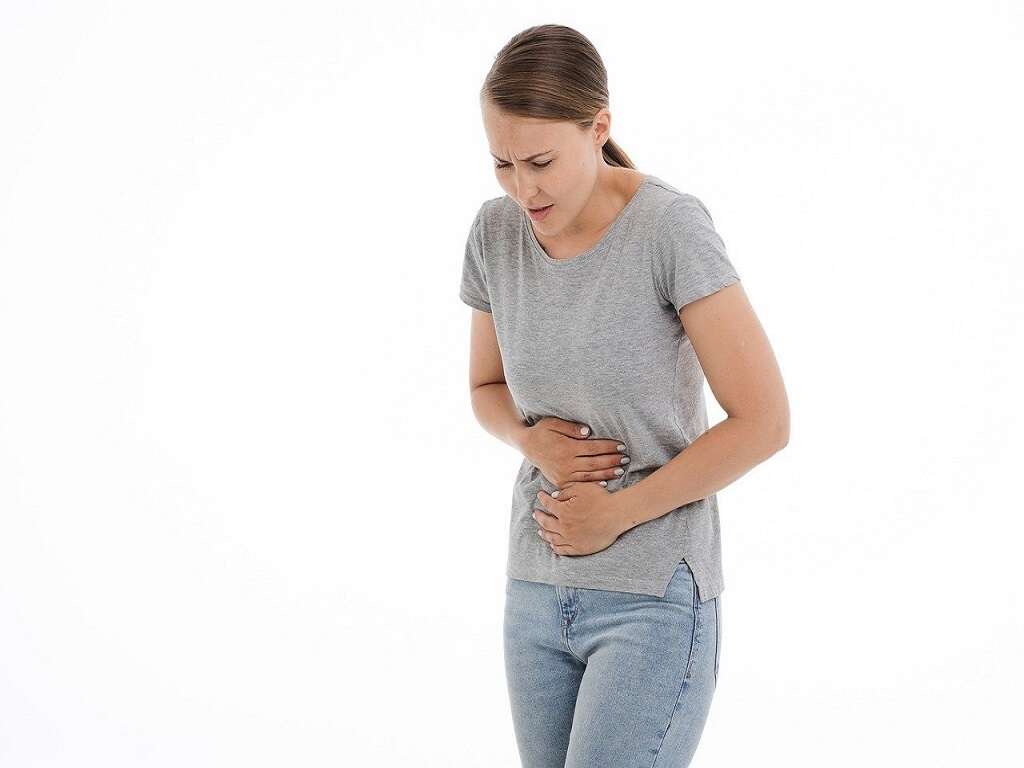
1. Appendicitis
If the underlying cause of pain in the lower right abdominal region is appendicitis, then emergency treatment is required. The appendix is a small organ protruding from the colon that can cause serious complications when it becomes inflamed.
Appendicitis is a crippling pain that invariably starts in the naval area and migrates to a more localized place in the right abdominal quadrant. Bouts of vomiting frequently accompany the pain. Most people with appendicitis require surgery to remove the appendix. An appendectomy can prevent dangerous complications down the line and is one of the most common surgeries performed.

2. Dysmenorrhea
Dysmenorrhea is painful menstrual cramps. The right ovary and Fallopian tube rest closely to other organs and if inflamed, can affect the surrounding region. Pain caused by dysmenorrhea can cause the entire abdominal neighborhood to cramp and ache.
If pain occurs in the same area month after month, it could possibly be because of painful period cramps. Over-the-counter medications and soothing heat pads should ease the pain in the lower right abdominal region.

3. Digestive Disorders
There are a few digestive disorders that might cause pain in the abdomen. The upper part of the colon and the last section of the small intestine connect in this area, which means pain symptoms could be bowel-related.
Pain could indicate conditions such as irritable bowel syndrome, Crohn’s disease, or even diverticulitis. Diseases such as Crohn’s typically affect the small intestine and flare up a couple of hours after eating. If the pain is recurring, a chronic digestive disorder could be the issue.

4. Intestinal Gas
Trapped gas can cause intense pain, but it’s relatively short-lived. Certain foods produce more gas than others, such as lentils, beans, lactose and broccoli. Shortly after eating these foods, some people may feel uncomfortable bouts of stabbing pain because they’re unable to expel gas.
The connection between the small and large bowel is in the lower right abdominal region, hence the possibility of pain being related to trapped gas. Give it some time to pass or gently massage the area to release excess air.
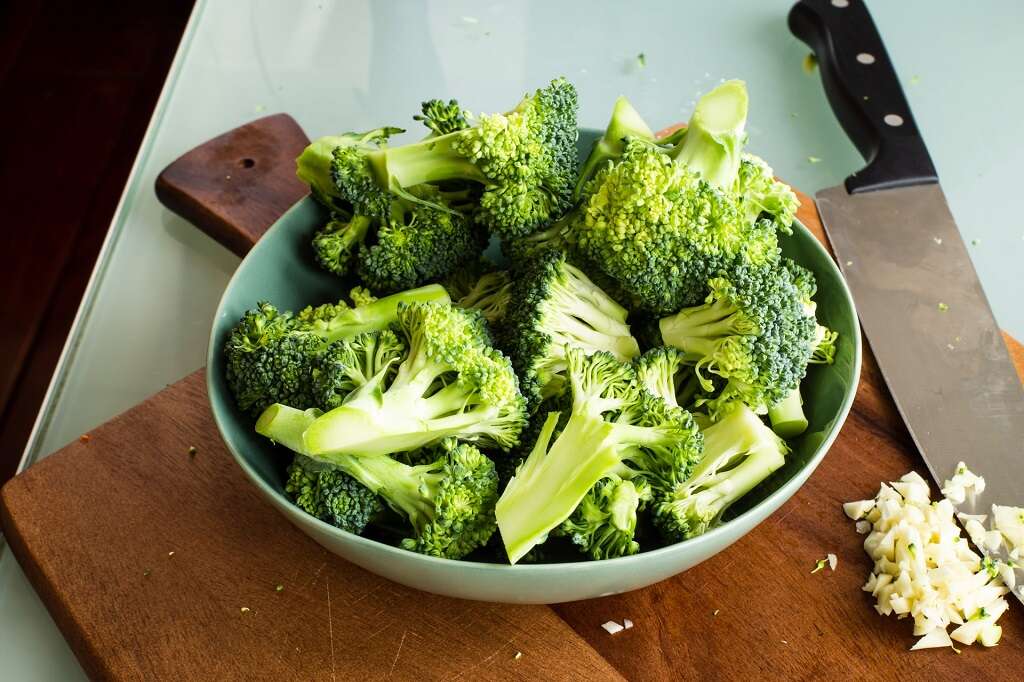
5. Hernia
The most common type of hernia is an inguinal hernia which is a painful bulge often requiring surgery to repair. Some people choose not to have surgery if the pain is manageable. Complications arise when the hernia strangulates and cuts off blood flow.
An inguinal hernia is caused by a weakness in the abdomen wall and the intestinal or abdomen membrane protrudes through the weak area. Telltale signs that it’s a hernia include pain when coughing and straining and a dull ache.

6. Kidney Problems
Kidney problems normally present in the back area but pain can be referred to the abdominal region. Infections tend to originate in the bladder and if left untreated can move to the kidneys.
Individuals with pain during urination coupled with back and abdominal discomfort could have a kidney infection. The pain is often likened to a dull ache and a pain in one side where the infected kidney is located.

7. Indigestion
Indigestion is one of the most common causes of abdominal discomfort and is characterized by bloating, heartburn and pain above the navel. It’s frequently caused by overeating, rich food and alcohol consumption.
The pain from indigestion can be felt in the lower areas of the abdomen and is generally accompanied by flatulence or trapped gas. If pain is experienced after eating rich foods or overindulging, it’s probably just indigestion, which is easy to remedy.

8. Ovarian Torsion
Otherwise known as a twisted ovary, ovarian torsion is extremely painful and can mimic other symptoms. Typical symptoms include pelvic pain, and or lower back pain, fever, nausea and vomiting.
An ovarian torsion happens when one of the ovaries twist over a supporting ligament in the adnexa of the uterus. Unfortunately, this can cut off blood supply to the ovary and could eventually lead to tissue death. It’s a serious condition requiring emergency intervention.2Guile, Shelby L. ‘Ovarian Torsion.’ StatPearls /[Internet/]., U.S. National Library of Medicine, 20 Nov. 2020, www.ncbi.nlm.nih.gov/books/NBK560675/.
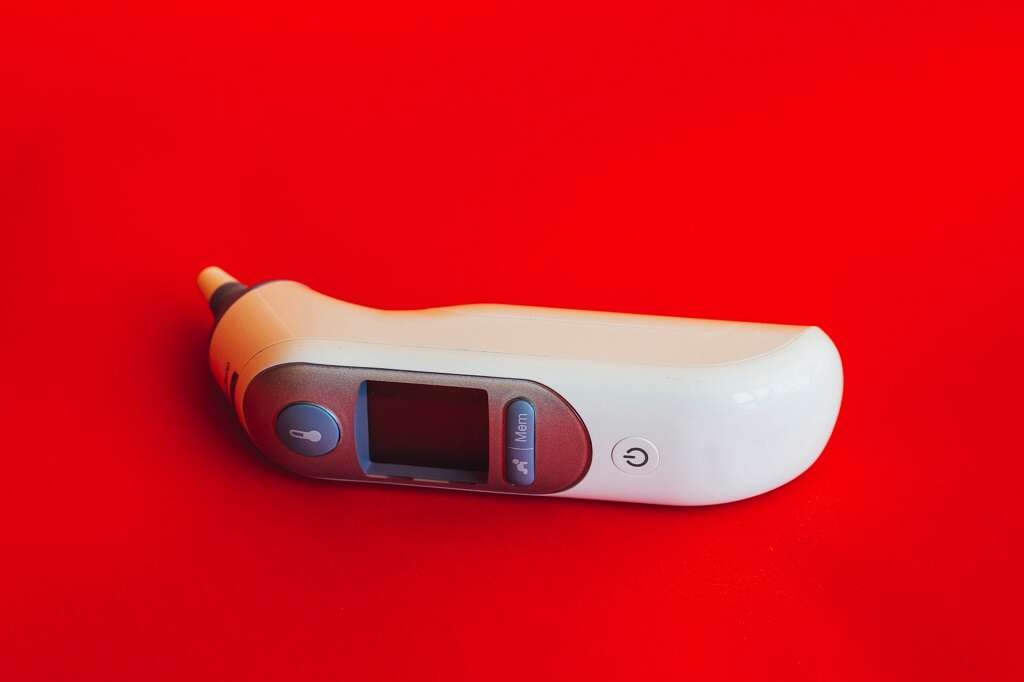
9. Kidney Stones
Kidney stones vary in size and can cause plenty of pain, but they’re rarely life-threatening. Small kidney stones pass naturally and large stones tend to require some kind of surgery.
Kidney stones don’t just cause localized pain, it tends to radiate to other areas such as the lower right abdominal region and in men, the testicles. Kidney stones can form in the ureter, kidney or bladder. Many people report extreme pain while urinating.3‘Kidney Stones.’ Mayo Clinic, Mayo Foundation for Medical Education and Research, 5 May 2020, www.mayoclinic.org/diseases-conditions/kidney-stones/symptoms-causes/syc-20355755.

10. Muscle Strain
The body comprises a network of muscles, with the abdominal muscles stretching down from the chest area. Pain from a pulled or strained intercostal muscle can extend to the abdominal region.
Overexercising, sit-ups or heavy lifting can cause muscle strain, particularly in the oblique muscles. Lower back pain can also radiate to the front of the body, causing pain. Muscle strain can take anything from a few days or weeks to pass.



